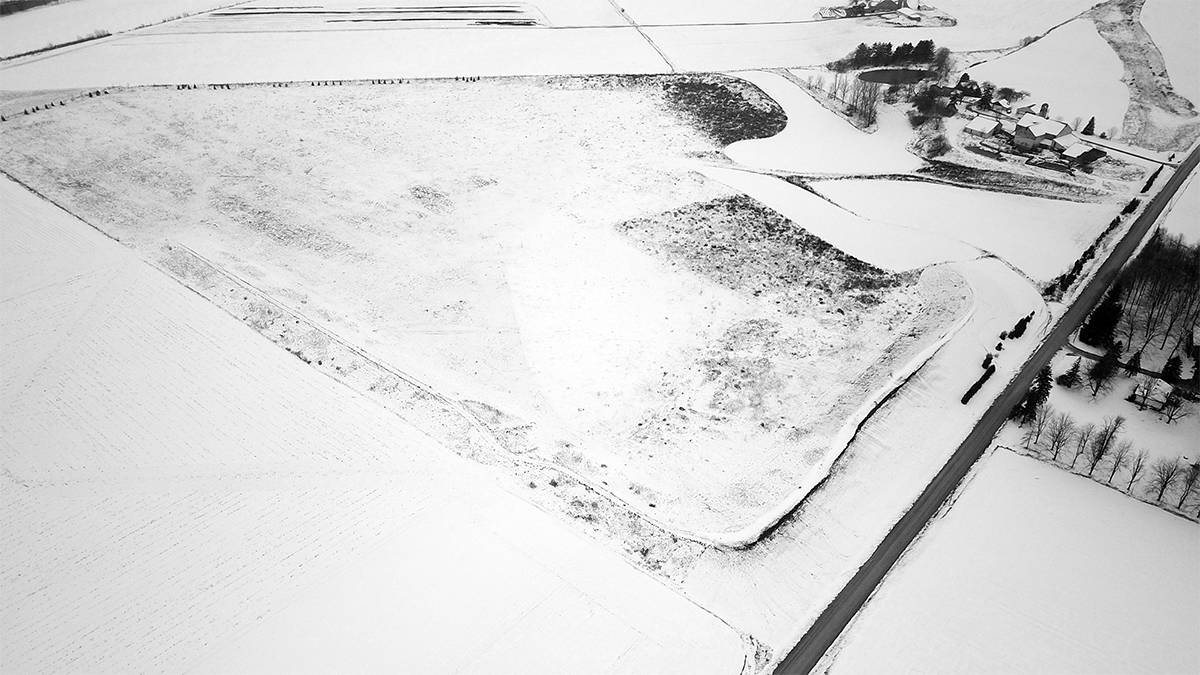;
;
;
Next Article
Thermoses aren’t what they used to be

The Winterbourne valley will be mined for gravel, the township having dropped further legal action and agreeing to a deal with Preston Sand and Gravel. Woolwich had placed a formal hold on the land at 125 Peel Street to prevent extraction below the water table, but that provision was lifted under a
Last updated on May 03, 23
Posted on Nov 26, 20
2 min read
